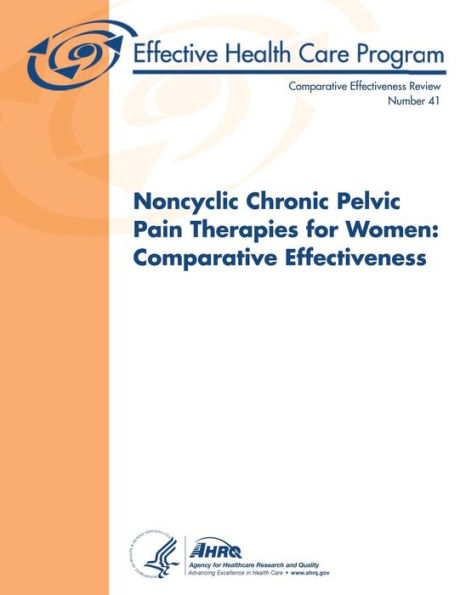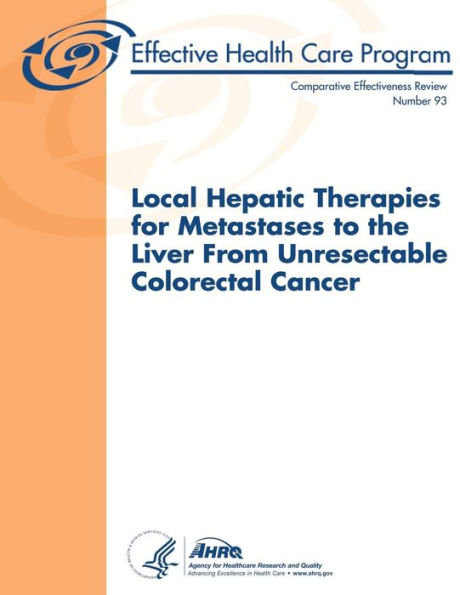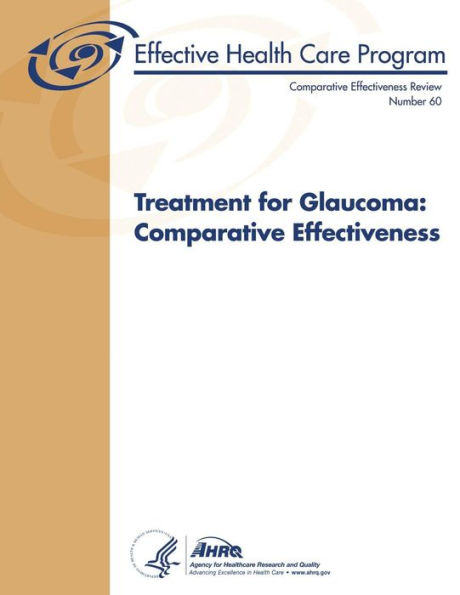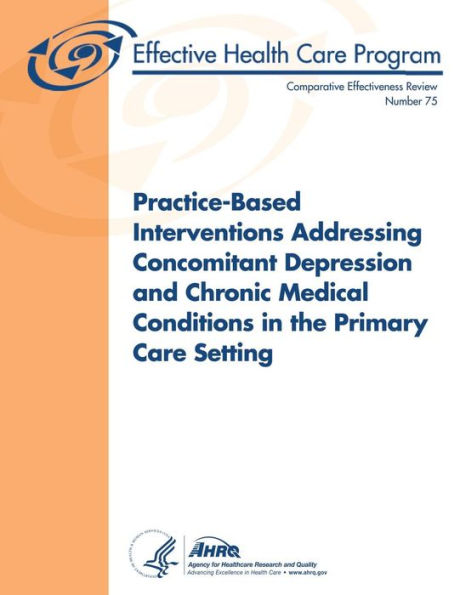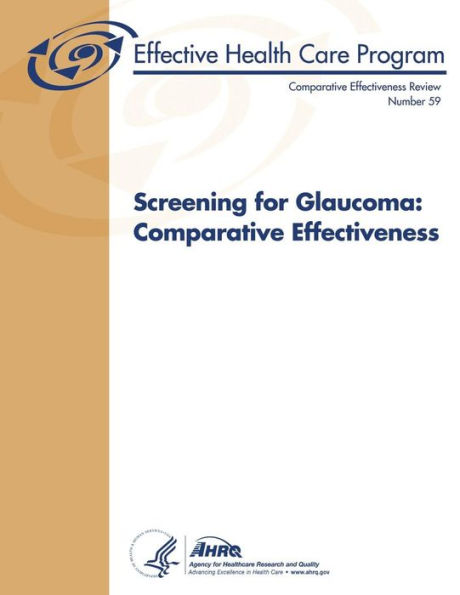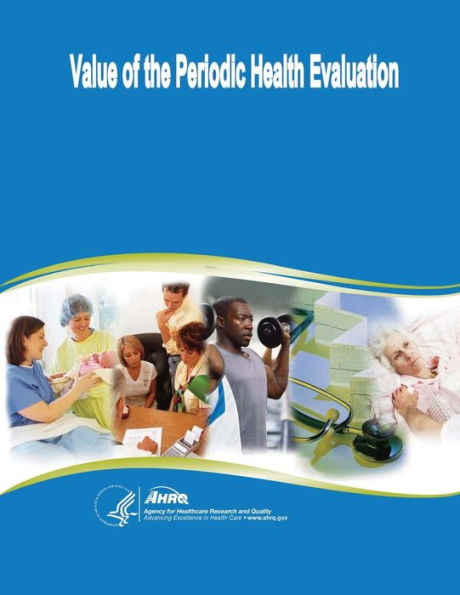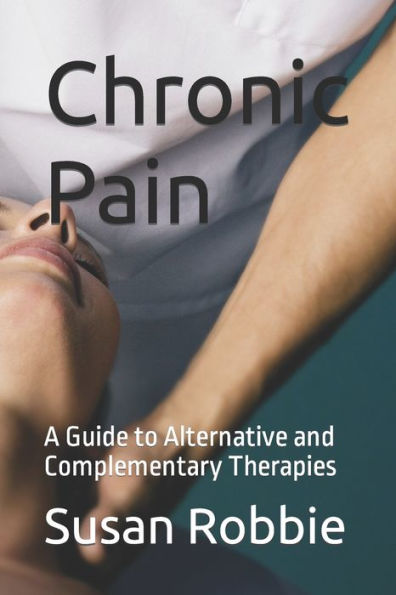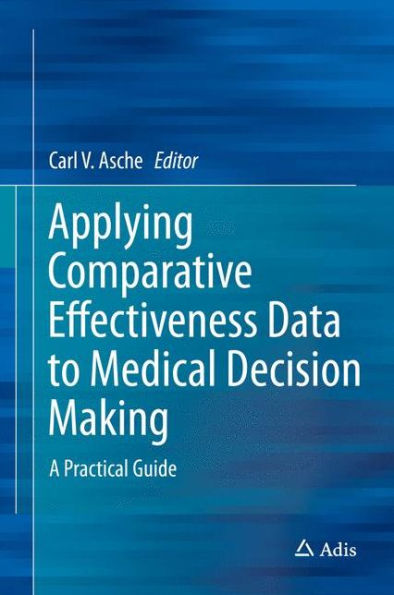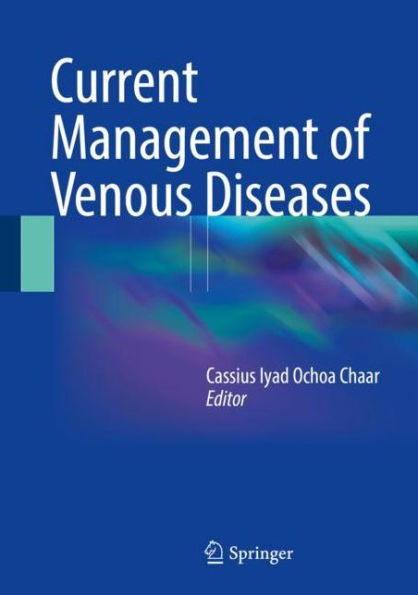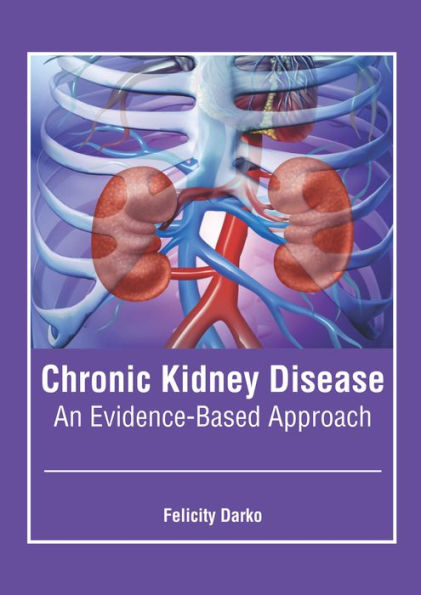Home
Chronic Venous Ulcers: A Comparative Effectiveness Review of Treatment Modalities: Comparative Effectiveness Review Number 127


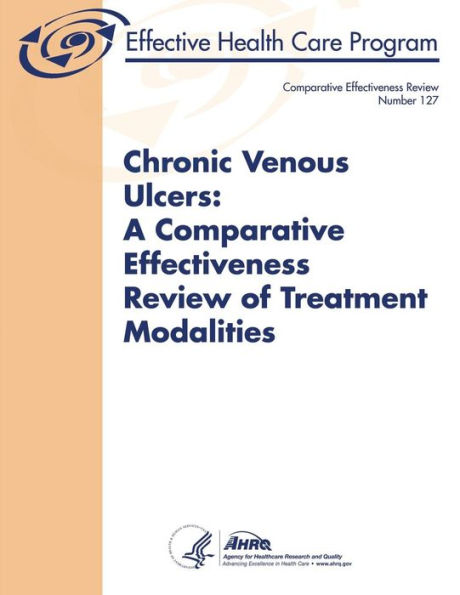
Chronic Venous Ulcers: A Comparative Effectiveness Review of Treatment Modalities: Comparative Effectiveness Review Number 127
Current price: $27.99
Loading Inventory...
Size: OS
Venous leg ulcers are extremely common in the United States. They affect between 500,000 and 2 million people annually, and are responsible for over 50 percent of all lower extremity ulcers. Elevated venous pressure, turbulent flow, and inadequate venous return are the common causes of venous leg ulcers. Risk factors for chronic venous disease include underlying conditions associated with poor venous return (such as congestive heart failure and obesity) and primary destruction of the venous system (such as prior deep venous thrombosis, recreational injected drug use, phlebitis, and venous valvular dysfunction). Clinicians diagnose venous ulcers on the basis of anatomic location, morphology, and characteristic skin changes. Clinicians confirm this diagnosis by assessing the functionality of the venous system, most commonly by venous duplex ultrasound. The current standard clinical approach to therapy includes aggressive compression of the lower limb with debridement of the ulcer, which heals 50 to 60 percent of venous leg ulcers. Clinicians must consider other therapies for the large number of patients for whom compression therapy and debridement fail, but no consensus exists about which second-line treatments work best. These additional therapies commonly include wound dressings with active components (defined here as advanced wound dressings), local or systemic antimicrobials, and venous surgery. Our objective was to systematically review the literature on the effectiveness and safety of advanced wound dressings, systemic antibiotics, and surgical interventions, when compared with either compression systems or each other, among patients with chronic venous leg ulcers. We addressed the following Key Questions (KQs) in this review: KQ 1. For patients with chronic venous leg ulcers, what are the benefits and harms of using dressings that regulate wound moisture with or without active chemical, enzymatic, biologic, or antimicrobial components in conjunction with compression systems when compared with using solely compression systems? We reviewed all types of wound dressings with or without active chemical, enzymatic, biologic, or antimicrobial components, categorizing them by function. We defined these dressings as those with biological activity, debridement activity, antimicrobial activity, or enhanced absorptive/barrier properties. We also analyzed the data on biological dressings, which are derived from human or animal skin and may contain living human or animal cells as a constituent. KQ 2a. For patients with chronic venous leg ulcers that do not have clinical signs of cellulitis that are being treated with compression systems, what are the benefits and harms of using systemic antibiotics when compared with using solely compression systems? KQ 2b. For patients with chronic venous leg ulcers that do not have clinical signs of cellulitis that are being treated with dressings that regulate wound moisture with or without active chemical, enzymatic, biologic, or antimicrobial components, what are the benefits and harms of using systemic antibiotics when compared with using dressings alone? KQ 3a. For patients with chronic venous leg ulcers, what are the benefits and harms of surgical procedures aimed at the underlying venous abnormalities when compared with using solely compression systems? KQ 3b. For patients with chronic venous leg ulcers, what are the comparative benefits and harms of different surgical procedures for a given type of venous reflux and obstruction?
